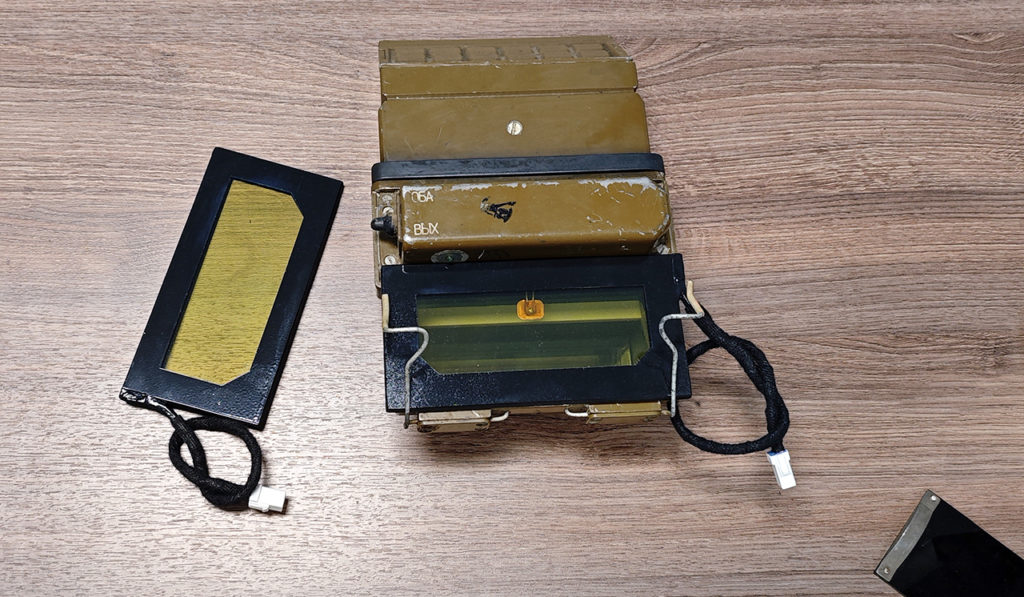Electrochromic (EC) filters allow vast control over the light transmittance intensity of transparent constructions (like façade or vehicles’ windows). That makes them an extremely convenient for manual or automatic dimming-on-demand, depending on external insolation conditions. Unlike traditional light filters, electrochromic filters do not need to be replaced with the change of lighting levels. You simply click on the button or entrust the control over the light transmission to the photosensors.
As a result, you always receive the optimal level of incoming light: thus, the sunrays or the reflections from snow or water do not blind, while at dusk you can switch maximum transparency.
Of course, there are other ways to adapt to changing insolation: sun visors, sunglasses, or a smoked piece of glass. However, in extreme conditions, there simply might not be enough time to switch to or wear them. For example, a driver of a combat vehicle does not have the time as well as cannot allow to distract from direct duties in extreme situations in order to manually replace the light filter when that night be needed. In such cases, the use of an automatic electrochromic filter solves the problem and does not distract the person from performing basic actions.
In addition, an electrochromic filter can be used to provide a blackout in the dark, reliably blocking light leaks.
The provided pic demonstrates one of the prototypes of an electrochromic filters manufactured by Octoglass for a military device. When you click the button, the filter can be tinted or lightened. Neutral tinting shade as well as the absence of optical distortions in all the shading states allow perfect surroundings perception, while additional blue shades’ filtering in the transparent state of the device improve perception specifically in twilight.


